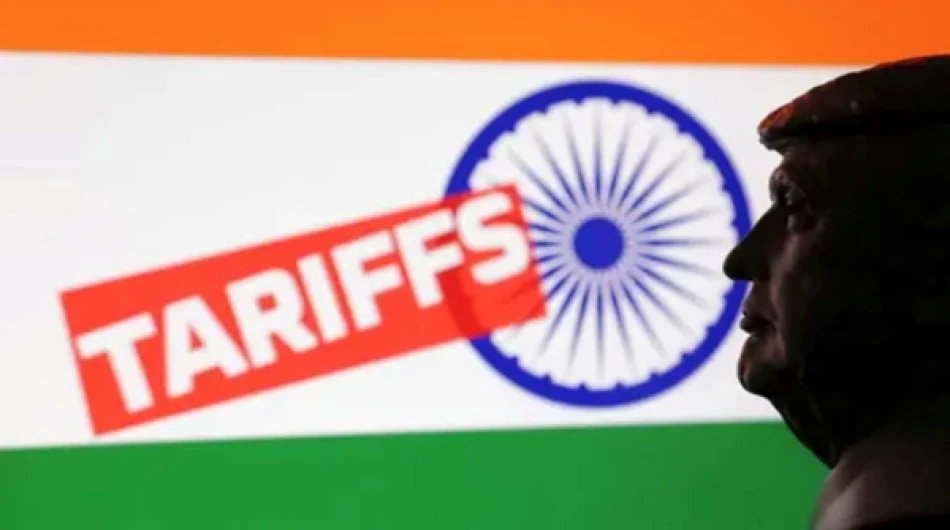
Escalating Trade Tensions: U.S. Doubles Tariffs on Indian Goods
US Doubles Down on India Trade War with Crushing 50% Tariffs
The United States escalated its trade tensions with India on Wednesday, imposing punitive tariffs of 50% on a wide range of Indian exports—effectively doubling previous rates. While pharmaceuticals and semiconductors remain exempt for now, the move signals Washington's growing frustration with trade imbalances and could reshape one of the world's most important economic relationships.
A Strategic Blow to India's Export Economy
The new tariff structure represents a significant departure from recent diplomatic warming between the two nations. By targeting broad categories of Indian goods while sparing critical sectors like pharmaceuticals and electronic chips, the US appears to be wielding tariffs as a precision instrument rather than a blunt weapon.
This selective approach reflects America's continued dependence on Indian pharmaceutical manufacturing—which supplies roughly 40% of generic drugs to the US market—and the strategic importance of semiconductor supply chains amid ongoing global chip shortages.
Historical Context: From Partnership to Pressure
The tariff escalation marks a sharp reversal from the Trump administration's initial courting of India as a counterweight to China. Even as Biden's team has maintained the "Quad" alliance framework with India, Japan, and Australia, economic tensions have simmered beneath the surface.
India's trade surplus with the US has grown steadily, reaching approximately $32 billion in 2023. American officials have long complained about India's protectionist policies, high import duties, and restrictions on foreign investment in key sectors.
Market Implications and Investor Concerns
The timing couldn't be worse for Indian exporters already grappling with global economic uncertainty. Sectors likely to face immediate pressure include textiles, automotive parts, and manufactured goods—industries that employ millions in India and contribute significantly to foreign exchange earnings.
For investors, this development raises red flags about the stability of US-India economic cooperation. Indian rupee weakness could accelerate if export revenues decline, while US companies relying on cost-effective Indian suppliers may face margin compression.
Global Trade War Echoes
The move mirrors similar trade disputes that have defined the past decade, from US-China tensions to Brexit-related disruptions. However, India's position as both a democratic ally and economic competitor creates unique complexities that didn't exist in the US-China trade war.
Unlike China's state-directed economy, India's diverse private sector and democratic institutions make it both a more natural partner and a more unpredictable negotiator. This tariff escalation tests whether economic nationalism can coexist with strategic partnerships in an increasingly multipolar world.
What Comes Next
India's response will likely determine whether this becomes a brief negotiating tactic or a prolonged trade conflict. New Delhi has historically retaliated against US tariffs with its own duties on American goods, but Prime Minister Modi's government may calculate that broader geopolitical interests—particularly regarding China—outweigh short-term trade disputes.
The exemption of pharmaceuticals and semiconductors suggests Washington recognizes the limits of economic pressure when supply chain security is at stake. This pragmatic approach may offer a template for future trade negotiations, where strategic sectors receive protection while others become bargaining chips.
 Layla Al Mansoori
Layla Al Mansoori







